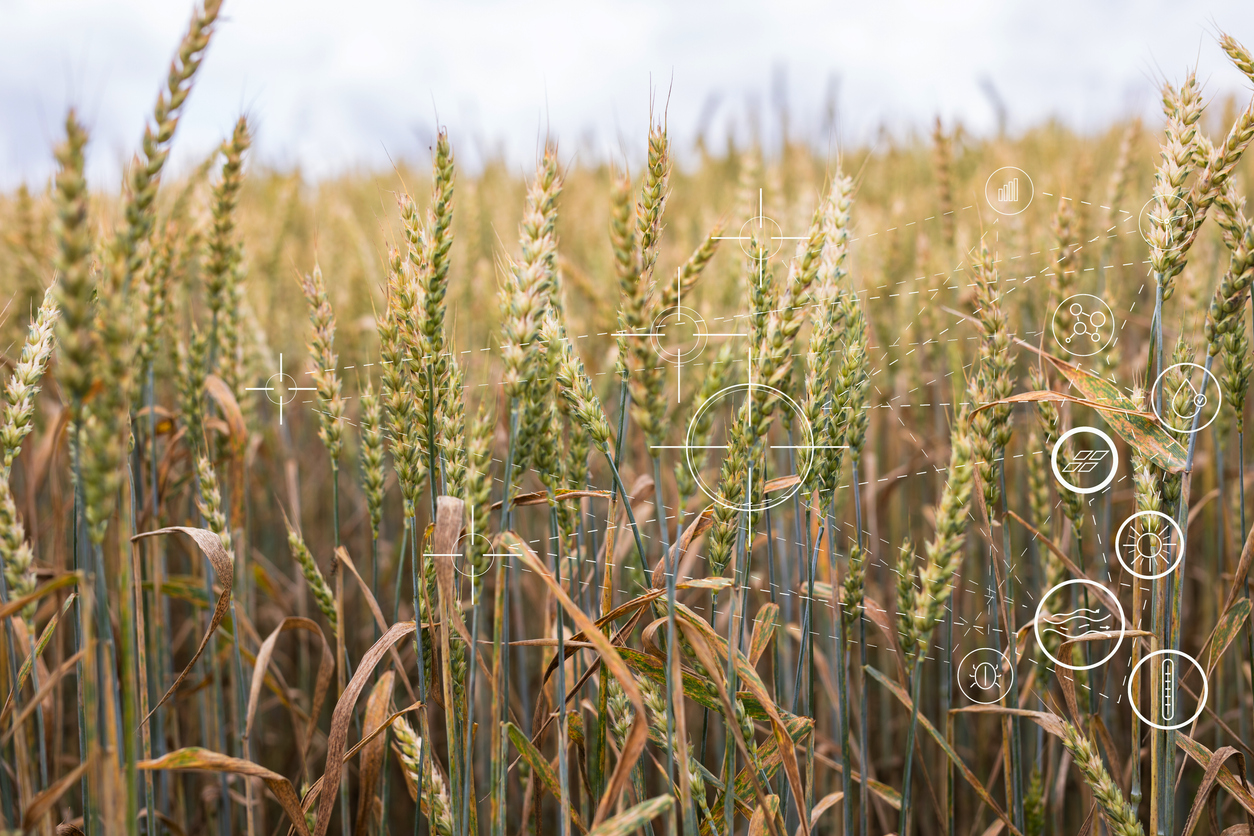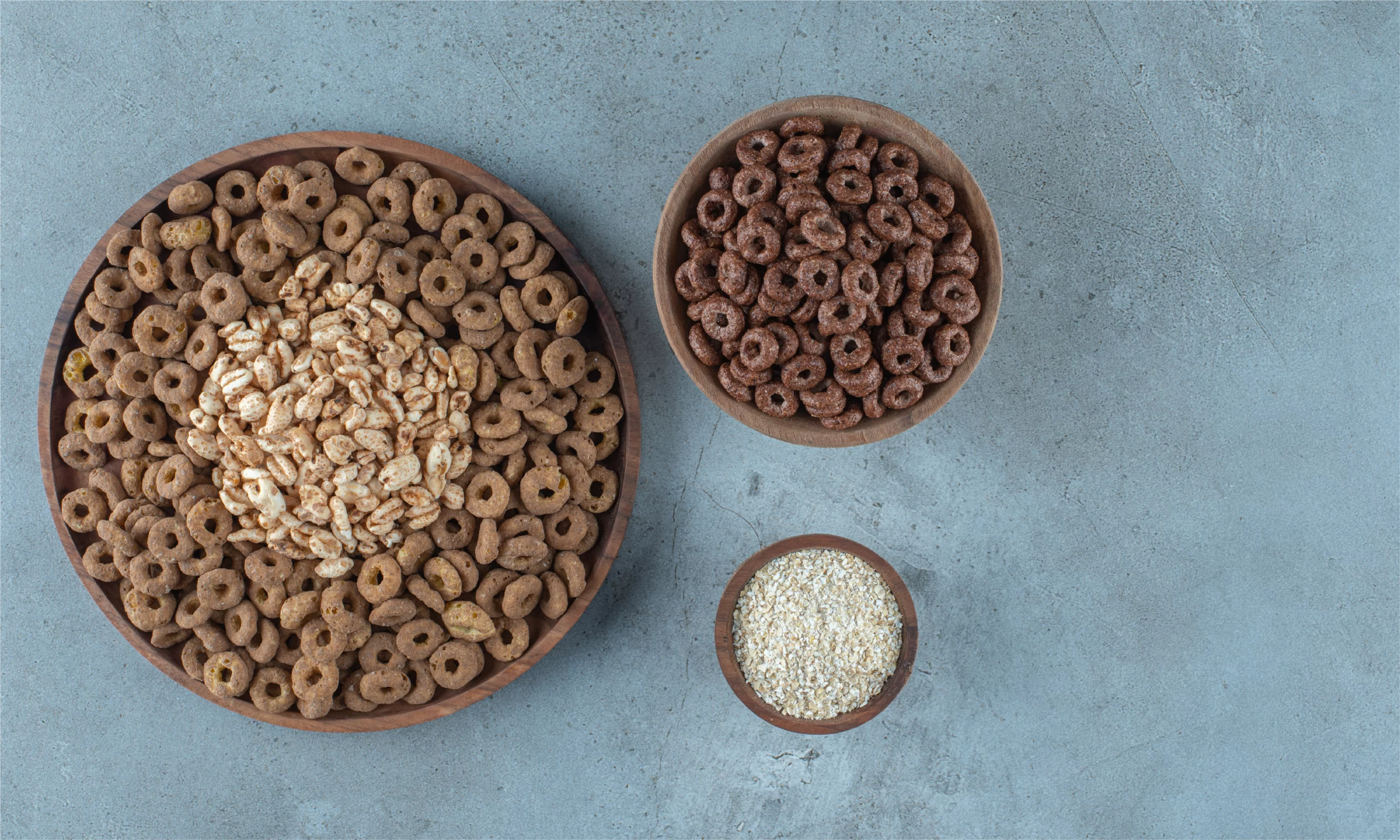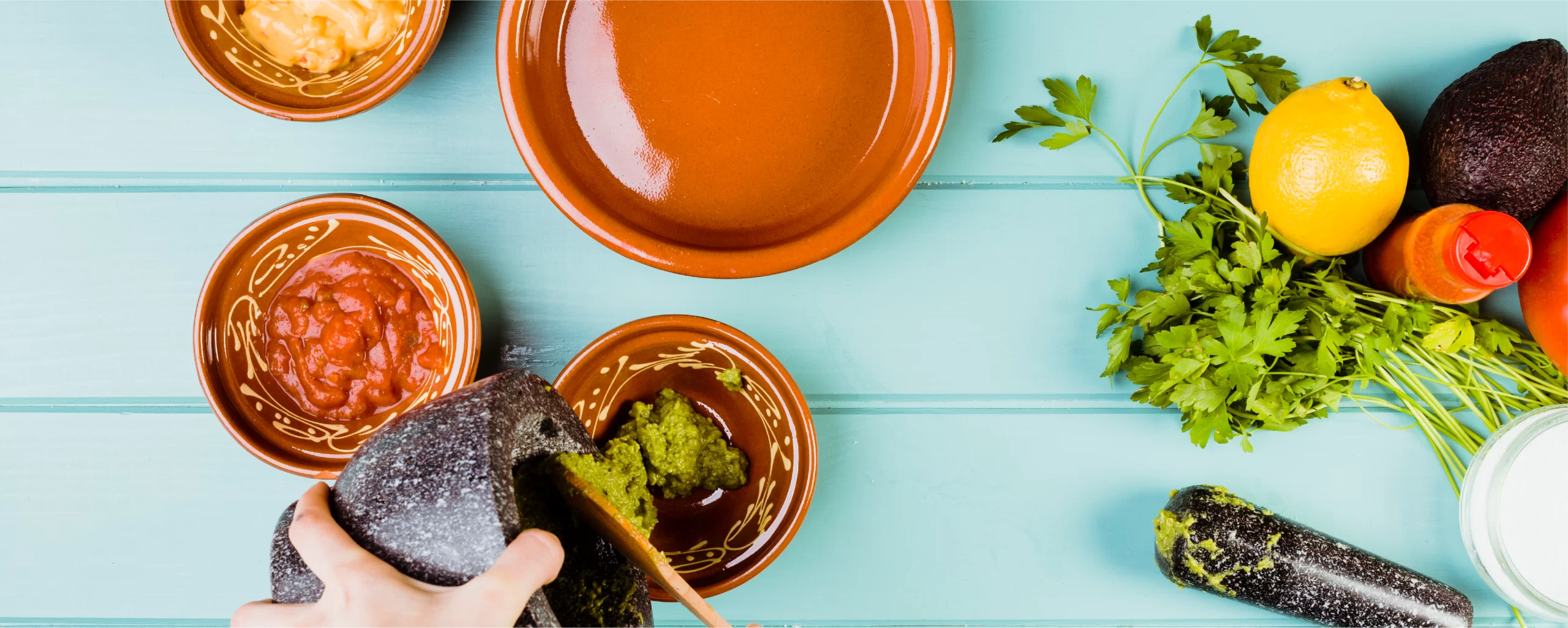Millets Answering The Global Food Crisis
Neophile and venturesome prefer to go against the grain. Here is a proffer to dash ahead and explore the world of millets, the nutri-cereals. Climate emergency and global heating cause floods, heat waves, wildfires, and intense drought. By 2070, half of the world’s population will have to bear an annual average temperature above 29°C, meaning humans will experience a temperature rise of 7.5 °C. The ancient grain and superfood called millet can become the answer to the impending global food crisis and falling food productivity. Varieties of millet can surely offer great nutrient variety and boost global health. With this blog, we measure up everything about this grain and beyond.
Extend Of Global Food Crisis
In 2022, the average Global Food Security Index (GFSI) stood at 62.2, up from 62.6 in 2019. North America led at 78.6, and Europe at 74.8.

Figure 1: GFSI Score 2022
The GFSI score for global average food costs for 2022 stood at 70.7 and saw a steep decline of 11.4% compared to the 2019 score. (lower score = higher average food costs) compared to 2019. This certainly means that globally, economies are not faring well in four GFSI pillars, namely economic resilience (affordability), production and agricultural resilience (availability), nutritional resilience (quality and safety), and environmental resilience (sustainability and adaptation). Global food security concerns include rapid climate change, worsening soil health, sporadic water availability, and the latest agricultural know-how.
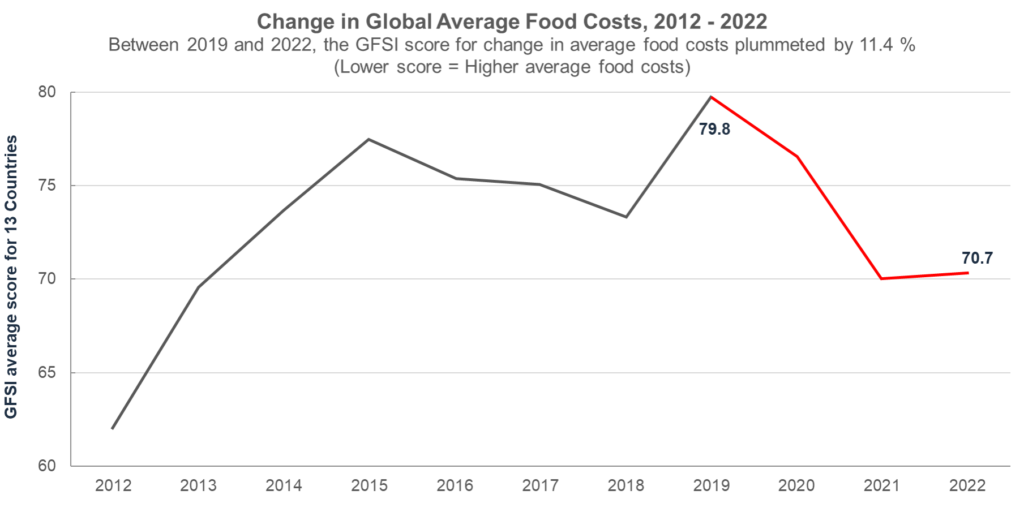
Figure 2: Average Food Costs Change Globally
The world’s cereal production is concentrated around wheat, corn, rice, oats, rye, and barley, with wheat, corn, and rice making up most of the output. Millets and their variety can help maintain food prices and even the global food crisis. They emit less CO2, need less water, and don’t require much fertilizer use. The millet’s excellent nutrient content makes it a tremendous global production and consumption contender.
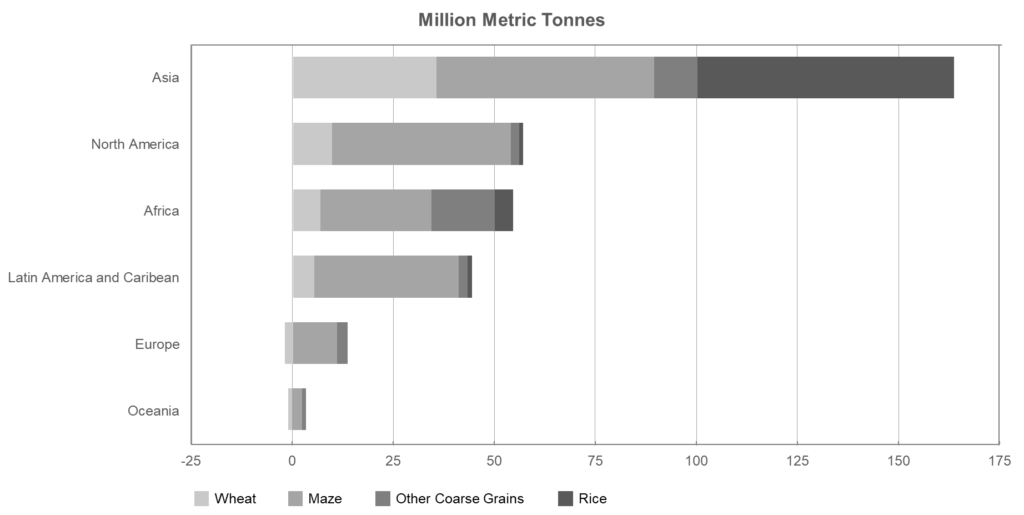
Figure 3: World’s Cereal Production
How Agriculture Impacts World’s Geopolitics
Major world nations primarily work alongside their borders, land resources, and available supplies unless an emergency hits them or there is a world tragedy. Agricultural and Food trade links increased from 11,000 in 1995 to 17,000 by 2019.
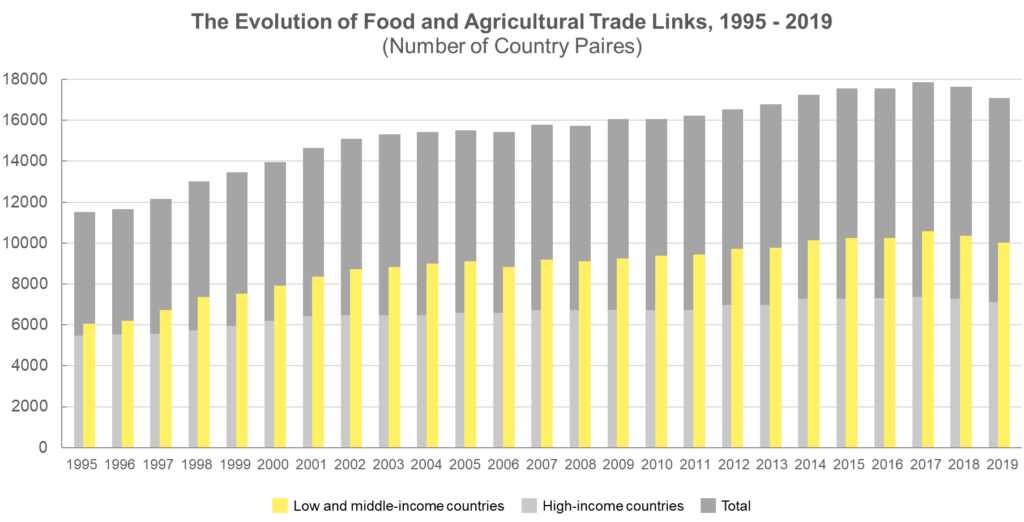
Figure 4: Evolution of Food and Agriculture Trade
Due to a liberal global market, low—and middle-income countries have increased their share of agriculture trade links compared to high-income countries. This is a positive development as agriculture exports further geopolitical cooperation, increased agro-commodity exchanges, international co-dependence/understanding, and mutual welfare. Transparency around agricultural food products/prices, free trade, maintaining a global seed supply of genetically diverse seeds, and robust international agricultural supply infrastructure are sure to be great levelers.
Millet cereals can boost a country’s economy since they are economical to produce. The historical grain did lose its old importance for a while, but doctors, researchers, administrators, and consumers again started to appreciate it. India is the world’s leading millet producer, and she plans to ramp up millet production each year. The government of India had put in a proposal with the support of 72 countries to declare 2023 as the International Year of Millets (IYM 2023). The United Nations General Assembly passed the preceding declaration on 5th March 2021.
Since then, India has made millets popular globally, making this Nutri-cereal reach the global market. India’s millet production in 2021-22 stood at 16 million tonnes. India’s millet exports were worth USD 380 million in 2020-2021, and the North American millet market is projected to grow at a CAGR of 4.0% during 2019-2027 and reach US$ 1,192.24 million by 2027.
Food Reserves & Forex Reserves
For a long time, food reserves have supported the sustenance of citizens during a food crisis. Each country ensures that enough food reserves are kept for emergencies like COVID-19 and crop loss due to other natural happenings and political dissensions. The country’s forex reserves help manage adversities, which always start with the crucial needs of food, water, and fuel. Food stockpiling is for the common good. However, extreme hoarding can deter a country from its core purpose. During a crisis, various International bodies work alongside key nations to regulate and provide staple cereals to their population, usually as subsidies.
Key global bodies working in agriculture development are the Agricultural Market Information System (AMIS), the World Trade Organization (WTO), the International Grains Council (IGC), the Food and Agriculture Organization of the United Nations (FAO), International Food Policy Research Institute (IFPRI), the World Bank Group, Group on Earth Observations Global Agricultural Monitoring (GEOGLAM), United Nations Conference on Trade and Development (UNCTAD), World Food Programme (WFP), International Fund for Agricultural Development (IFAD) and the country-specific agriculture regulatory agencies.
Nutrients Dense And Sustainable Millets
Millets are an ancient grain first used around 3,300 to 1300 BCE in the Indus-Sarasvati civilization. Indian millets come in 11 varieties, namely Pearl millet, Sorghum, Finger millet, Foxtail millet, Proso millet, Kodo millet, Barnyard millet, little Millet, Browntop millet, Buckwheat millet, and Amaranth millet. Africa produces pearl millet (76% area), finger millet (19% area), tef (9%), and fonio (4%). Each millet type has a specific set of nutrients, and assimilating them into one’s diet can help enhance dietary intake. As they are high in nutrients, only a single variety of millet should be consumed daily, and one should be mindful to include a variety of millet and other grains in one’s diet.
Nutrient Profile Of Various Millets
- Pearl millet is a source of greater energy than rice and wheat.
- Millets contain phytochemicals called phytonutrients, which protect human cells from environmental toxins and the body’s natural chemical processes.
- Millets have high phenolic compounds like flavonoids, which inhibit disease-creating enzymes and are helpful in treating/managing human ailments. They are useful in Type 2 diabetes (T2D), hypertension, metabolic problems, and neurodegenerative diseases.
- Proso millets are high in Tannins and Phytate, which are helpful in various physiological effects.
- Millets are generally high in calcium, lipids, iron, zinc, and high-quality proteins.
- Millets are gluten-free, high in dietary fiber, and contain copper minerals.
Sustainability Factor of Millets
Millets consume less water to grow and are less prone to crop diseases. They thrive in arid areas and don’t require fertilizers. Millet cultivation is greatly useful in meeting the sustainable development goals of countries and the world. It will abate high water consumption, display a 70-80 maturation time, and improve soil health.
They have deep fibrous roots that anchor the soil in place. Thus preventing soil erosion due to wind and rain. Significant millet varieties of sorghum, pearl millet, and finger millet require a temperature of 20-35 degrees Celsius and 40- 120 cm annual rainfall. Minor millet includes little millet, foxtail millet, proso millet, barnyard millet, and kodo millet, which require temperatures ranging from 18-29 degrees Celsius and 25-60cms rain. The millet seeds grow well in arid lands and are excellent for developing in sub-Saharan African lands.
ICRISAT has developed hybrid high-yield millet varieties in collaboration with various stakeholders. The HYV millets support farmers with increased return on investment and better stress response. As millets have shorter growing seasons, cultivators can benefit from multiple crop cycles and quicker payback. Bio-fortified millet varieties are also being researched and developed along with HYV.
Roadmap For Making Millets Mainstream
Australia, India, China, the USA, Nigeria, and other countries producing millet significantly contribute to food trade and health. India is a spearhead and counselor for millions in the world’s population. India has charted various initiatives and strategies to bring millets to people’s luncheons, repasts, cookouts, and regales. Here is the array of activities and drives India has taken towards millet success.
- Various ministries of India are serving only millet snacks in 2023
- Several Indian states have launched missions on millets. Chhattisgarh, Orissa, Uttar Pradesh, Rajasthan, Andra Pradesh, Gujarat, Uttarakhand, Rajasthan, Nagaland, and Telangana run a few noteworthy ones
- Young Millet-based start-ups and entrepreneurship support. The start-ups have made excellent value-added products from millet, and many restaurants also serve dishes/menus made of millet grains
- Millets recipes, snacks, and foods are showcased at local, national, and international expos, events, and fests
- Focus on strong research and involvement of key institutes, bodies such as Institute- Indian Institute of Millet Research (IIMR), International Crops Research Institute for the Semi-Arid Tropics (ICRISAT), AYUSH, ICAR, and CFTRI
- Campaigns like Eat Right India and others create awareness of healthy millet
- Millet oils are being researched for various health benefits
Conclusion
Millets, the shree-anna/holy grain, regain their title of being a superfood again, with people looking at healthier food and sustainable choices. Moreover, it is the best time for eaters and bon vivants to fast and include millet in their weekly nutriment. People worldwide wish to switch to wholesome and organic foods to better their health and minds. Whole grains, especially millets, have excellent dietary nutrients for cardiovascular health, gut health, healthy weight/managed obesity, and improved vitality. With enhanced interest in millet, accessible millet processing units, an improved supply chain, and careful research and developments, millet can become the next coarse grain revolution.
